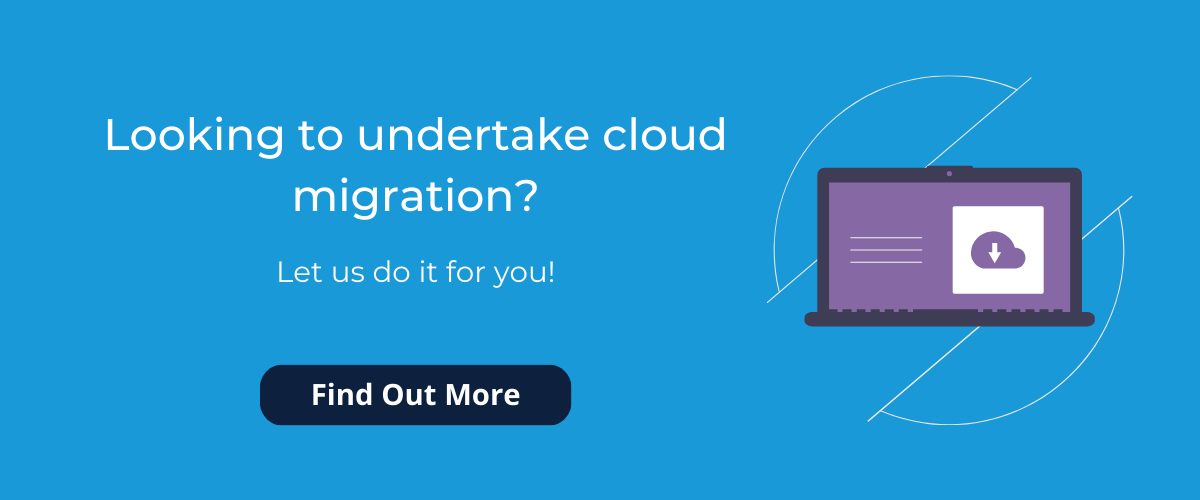What is Cloud Migration
First things first, what is cloud migration? Cloud migration is moving on-premise systems to the cloud. Cloud products range from data storage to hosting to machine learning, but cloud migration is the act of moving your current systems and data to the cloud.
Before Cloud Migration
Before cloud, there was (and still is) on-premise systems. The use of shared and centralised resources is not new. It used to be that only the largest of companies could afford their own mainframe. This led to the sharing of resources. By the 1960s, there were hundreds of companies offering their customers access to shared mainframe computers via remote terminals.
Over time, such infrastructure became more affordable, and companies were able to put their own on-premise infrastructure into place. And now businesses are coming back round to the usage of shared resources by using cloud. Such choices being led by financial savings and efficiency gains.
Early Cloud Migration
Government agencies and financial institutions were the early adopters of Cloud Computing. Early cloud products consisted of file storage, accounting systems, enterprise resource planning (ERP) systems and customer relationship management (CRM) systems. For example, Dropbox is a well-known cloud file storage company.
It was in the 2000s that things started to gather speed. Amazon created Amazon Web Services (AWS) in 2002. Google followed suit in 2008 with their beta version of Google App Engine. The first open-source software for deploying private and hybrid clouds was NASA’s Nebula in 2008. And in 2010, Microsoft launched Microsoft Azure.
These new cloud companies allowed businesses to migrate their infrastructure to the cloud to make use of the available technologies. Technologies that could reduce costs and labour while increasing efficiency.
Present Day Cloud Migration
There are many companies that offer cloud hosting, but the market leaders are AWS with 34% market share, Microsoft Azure with 21% and Google Cloud with 11% in Q3 2022. It is interesting to note that all of these companies are not solely focused on their cloud offerings, but that it forms part of their business. While Amazon may be known for their E-commerce site amazon.com, in 2021 AWS made up 74% of Amazons operating profit.
Cloud, and therefore the migration to it, can be seen as the way of the future. It offers businesses a flexible and resilient solution. However, there are some limitations to Cloud. Primarily these limitations are for bandwidth-intensive data and latency-sensitive applications. In such cases, businesses may look to Edge Computing over Cloud Computing. Edge Computing is essentially a type of Cloud Computing, the difference being that the compute, storage and networking is closer to the source of data which reduces the travel time and latency.
Conclusion
If you want to know more about cloud migration, we have a whole section on our blog page on cloud migration. Some of our blogs include a guide to AWS, a blog on Azure Serverless and a look into how cloud along with artificial intelligence are helping the internet of things evolve.





